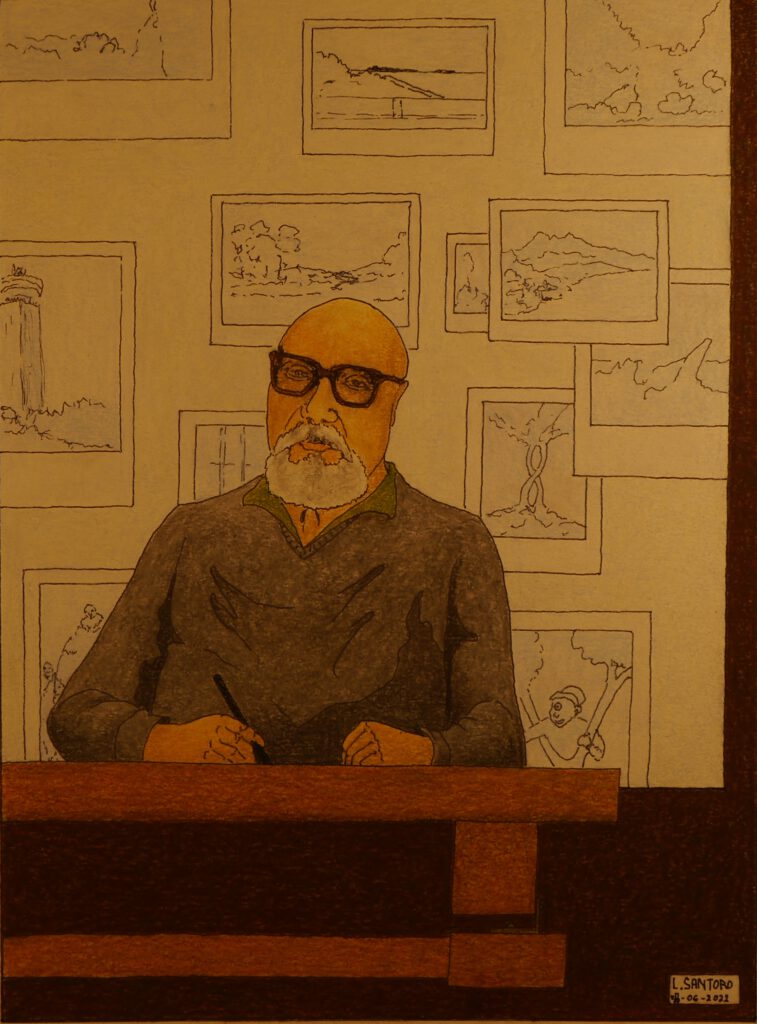
The Ukiyo-é prints have always been of great interest to me. Both their representation of the Japanese world and their technique have influenced how I create images. The name of the genre itself, Ukiyo-é literally translated: images of a floating world, a reference to life in the neighborhoods where theater performances, geisha houses and brothels could be found, I also found beautiful and intriguing. The metaphor used: a floating world questions the concept of reality. How many worlds are there then? And how do they relate to each other?
The three fundamental pillars, according to Plato, on which a person should focus are the good, the truth and the beauty. The good and the truth are not easy to define. Beauty does not know these problems. The immediacy of perception places beauty at the center of the construction of reality. It also plays the main role in organizing the impressions that surround us. In the ocean of images on which our subjectivity floats, beauty is the compass with which our subjectivity sails.
Anselm Kiefer once remarked that history is fluid. It takes at least two narratives to participate in a conflict, ultimately the observer is the one who establishes his own provisional reality. Sailor and diver in the image stream of my own subjectivity, I let the ink lines and the pastel pencils shape a thought or a train of thought.